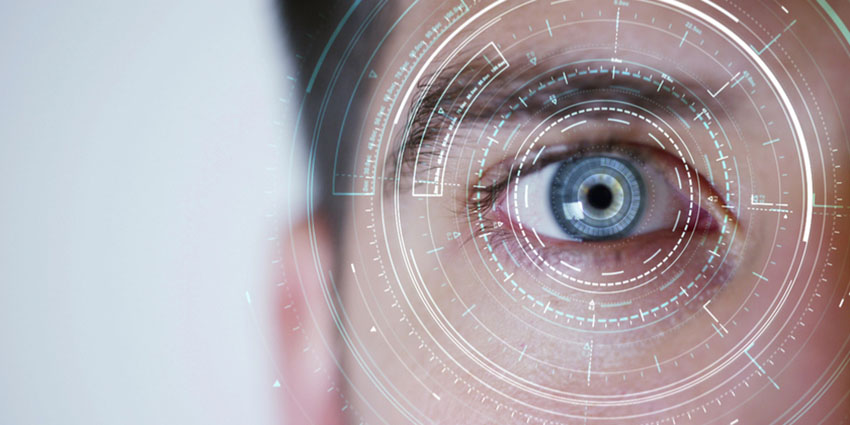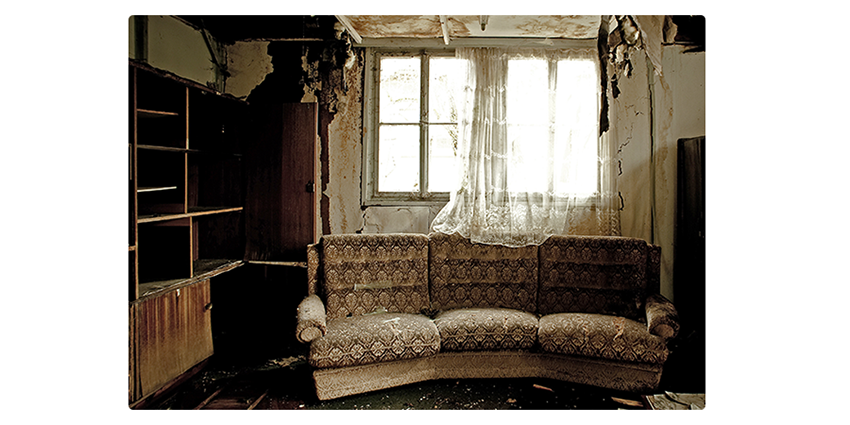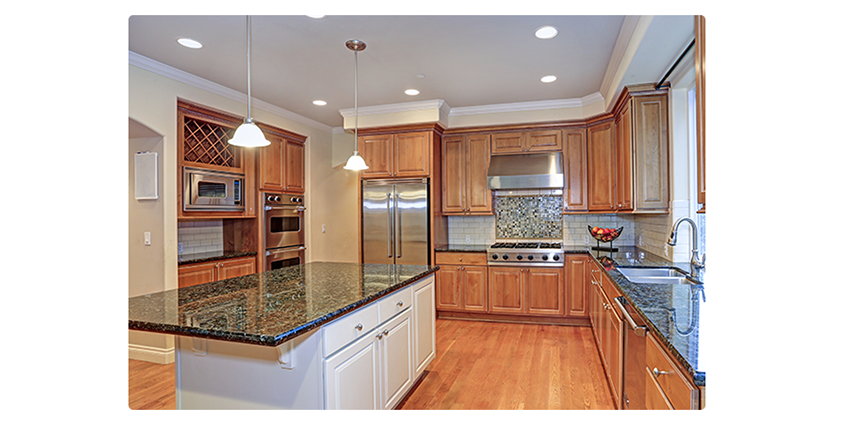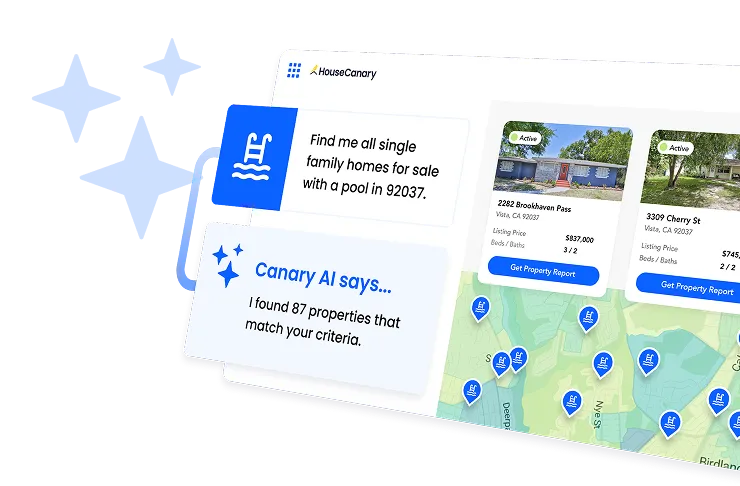
Critics of automated valuation models (AVMs) have essentially one enduring argument: An algorithm can’t see inside a house. It’s impossible for an AVM to look at a home’s condition, identify any fire or water damage, note whether the kitchen appliances are generic or high-end, or determine whether the house is still under construction.
That’s all about to change with HouseCanary’s new image recognition (IR) technology.
What is image recognition?
Humans already know how to recognize an image. For example, a human can look at a picture and see signs of fire or water damage. This is one reason why many valuation processes require humans to review the pictures that appraisers capture when they’re visiting a property. This double-check (and sometimes triple-check) of the images generated during a traditional property valuation is time-consuming, however, and it must often be done several times before a mortgage loan can be issued, securitized, or sold.
But IR gives the onerous task of viewing and reviewing property images to technology instead of a human. Well-built IR technology can scan thousands of images in seconds, identifying key characteristics that help classify a home’s condition.
For example, a house with boarded-up windows, peeling paint, and a sagging porch is probably not in excellent shape. Homes with missing appliances in the kitchen, holes in the walls, torn-up flooring, and exposed pipes or wires in the ceiling are also unlikely to be in above-average condition.
By training IR technology to identify and categorize these indications of homes in poor or subpar condition, we can also teach the IR tools to classify the homes where those images were captured in terms of the property’s overall condition.
What can HouseCanary’s IR identify?
Prior to the recent release of our new IR technology, HouseCanary IR tools were able to categorize images in three buckets: bad condition, subpar condition, and average condition.
Our latest release is an 11-class model that can sift out irrelevant images and then identify homes with fire damage, homes that are under construction, and 8 separate categorizations of the home’s condition, from homes in very bad shape to homes in excellent condition, which are often luxury homes.


Our technology can also identify the kitchen countertop material, including formica and laminate countertops, ceramic tile, quartz, marble, granite, corian, and wood or butcher-block. And it can identify the kitchen appliances, which are often key quality indicators, from no-brand appliances to Whirlpool to Kenmore, Electrolux, Bosch, Thermador, Viking and many more.
By using IR tools to classify condition, HouseCanary is helping to eliminate some of the subjectivity in home valuation and quantifying how nice (or not) a specific property is. We’re excited to announce that this new technology is operational in our valuation products — try them out today!











.png)













